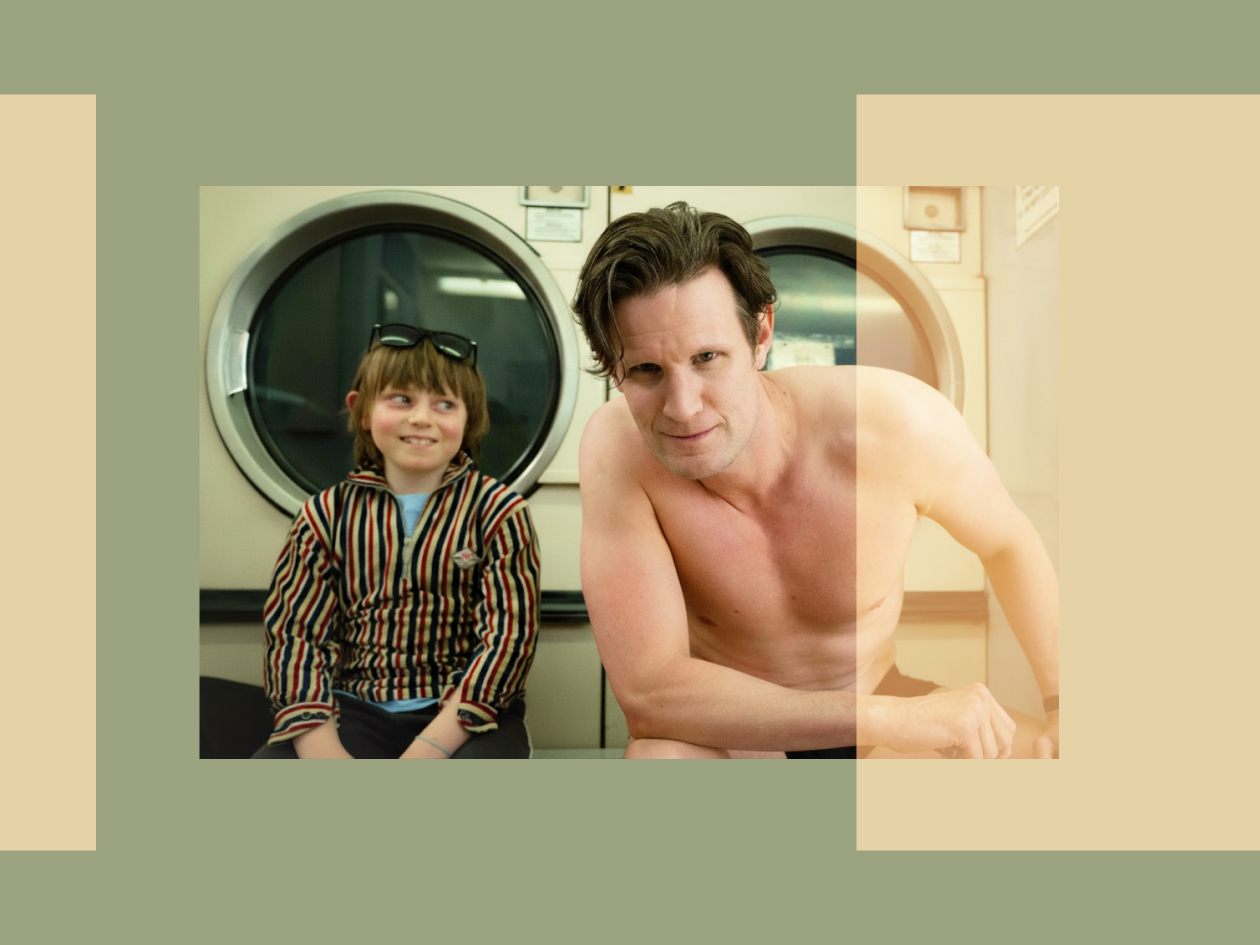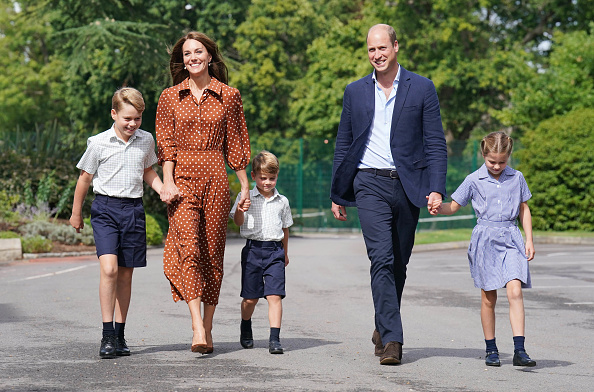This year more than any other it is impossible not to see Picasso: museums around the world are celebrating the fiftieth anniversary of his death. A sign of the times, the perspective has changed: the final image of the solitary genius emerges. Exhibitions take a feminist perspective or closely examine the painter’s influences, those in the shadows, that nourished his art.
Among his relatives, Gertrude Stein. She was born in 1874 in Pennsylvania to a wealthy Jewish family, she emigrated from Germany, she grew up between Europe and the United States. At Radcliffe University she studied psychology and philosophy and became interested in the normal automatism of motility (the automatisms of our mental activity). In 1904 she joined her brother Leo in Paris. The two share a taste for art and collect modern works for Gertrude, more classic ones for Leo.
Artistic emulation
Gertrude Stein met Pablo Picasso in 1905. She purchased many of his paintings, at a time when the painter really needed them. Patron but also model. Before inventing Cubism, the Spaniard embarked on a portrait of Gertrude Stein, which took him several months and which will remain for posterity. She introduced him to Matisse, with whom Picasso would maintain a complex friendship.
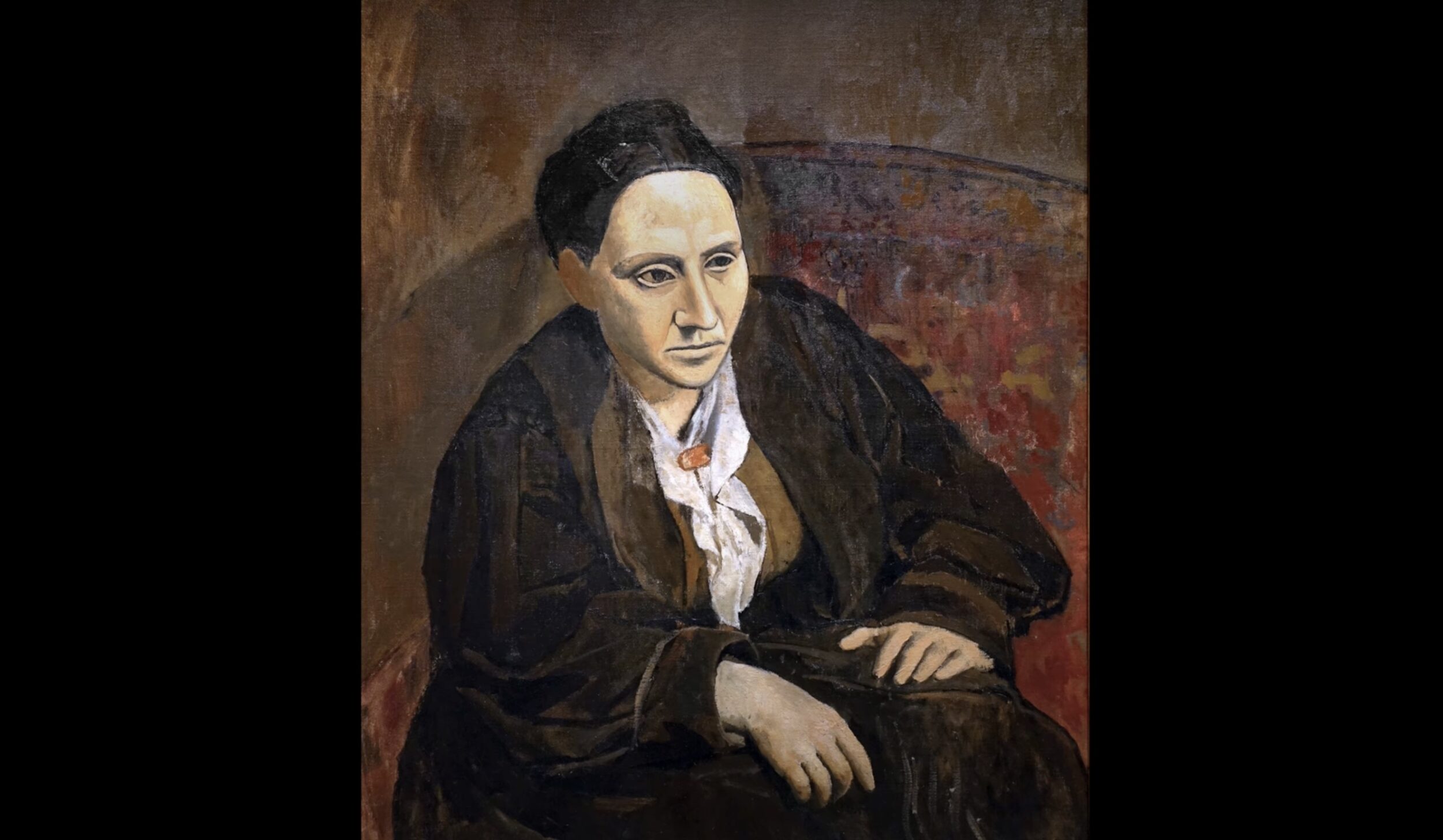
Every Saturday evening, the Steins welcome all the representatives of the art world and other curious visitors to discover their collection at 27 rue Fleurus, in the 6th arrondissement. Their living room is dotted with paintings by Cézanne, Renoir, Degas, Manet, Picasso, Matisse, Bonnard… Some paintings from this collection can be admired during the exhibition. Aesthete, collector but also writer, Gertrude Stein wrote “Three Lives” (1909) observing Cézanne’s paintings.
Beyond the financial stability that the Steins brought to Picasso, a sincere friendship and intellectual emulation was born between the two artists (as evidenced by their exchanges of letters), foreigners in French lands, who flourished in the heart of Parisian bohemia. What the general public knows less about, and which we take stock of during the exhibition, is precisely this Gertrude Stein’s literary work is comparable to what Picasso achieved with Cubism. In both cases it is deconstruct the dogmas of classical literature and painting. Stein’s writing is based on an effect of repetition and destructuring of sentences.
With the collection of poems “Tender Buttons” (1914), the writer experiments with the use of language to evoke everyday objects. She desires “create a verbal relationship between speech and things seen ». His poetry is received in contrasting ways: sometimes misunderstood, sometimes described as “masterpiece of verbal cubism”. The title “Tender Buttons” has also been interpreted as a reference to female nipples and the fact that Gertrude Stein was openly lesbian. In 1906 he met his great love, Alice B. Toklas, his brother’s secretary, with whom he would spend the rest of his life.
From cubism to the lost generation
With her partner she went through two wars: during the first, the two women crossed France (Stein had obtained a driving license) by car to supply the field hospitals. Between the two wars, Gertrude Stein took over her collection and welcomed the painters Juan Gris, Masson and Picabia into her living room. She had her first real success in 1933 with her book Autobiography of Alice Toklas, in which he replaces his partner and tells his story through her. Talk about Cubism:
” LThe only true cubism is that of Picasso and Juan Gris. Picasso created it and Juan Gris gave it its character of clarity and exaltation. »
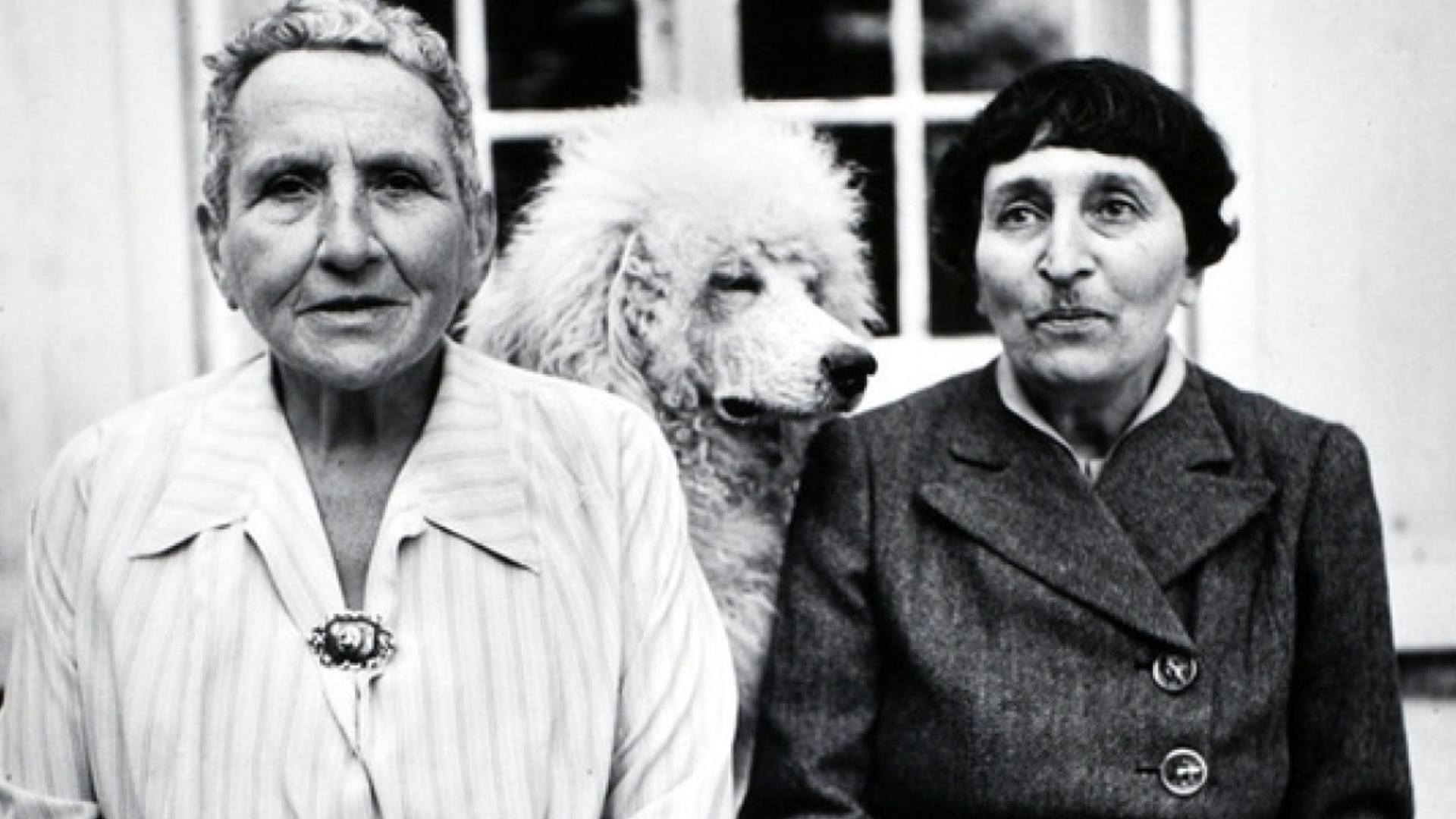
Despite the title, “Gertrude Stein and Pablo Picasso”, the exhibition is more interesting to the former than to the latter, and we’re not complaining about it ! The rest of the exhibition, made up of paintings, sculptures and texts by Gertrude Stein displayed on sections of walls, bears witness the influence that the writer had in the following decades on other artistic movements, such as that of the “Lost Generation”. During the interwar period, he met the new generation of expatriate American writers in Paris Francis Scott Fitzgerald, James Joyce or Ernest Hemingway. In “Paris is a party”, the latter reports Stein’s words: “You young people who fought in the war, you are all a lost generation”. This coterie of artists stands side by side in the Shakespeare and Company bookstore, founded in 1919 by Sylvia Beach.
The modernist legacy of Gertrude Stein
Gertrude Stein continues her work: she writes “Matisse Picasso and Gertrude Stein with two shorter pieces” (1933) as well as a work, “Four saints in three acts, an opera to sing” (1934). In “Three Songs,” John Cage sets his poems to music. His writings have a performative and sonic dimensionwith processes of repetition of words or sentences, which will have a very strong impact in the following decades contemporary artists such as Jasper Johns, Joseph Kosuth or Marthe Wéry.
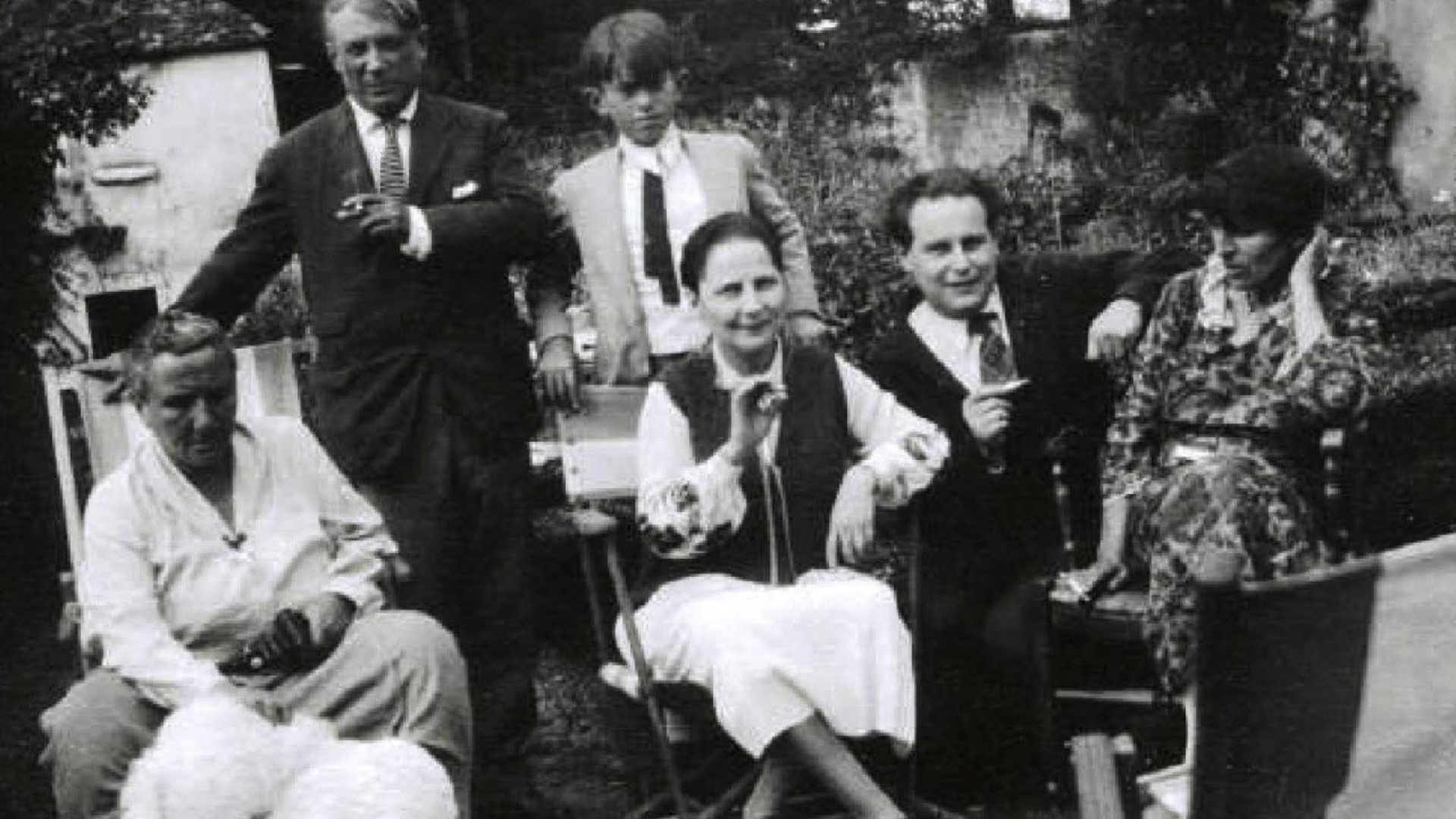
Founded by Gertrude Stein a publishing house with his partner (Plain Edition) then he went to the United States, where he lectured throughout the country. It is time for recognition in one’s homelands. As soon as they return to Paris, the Second World War breaks out: as Jews and lesbians, Gertrude Stein and Alice B. Toklas are in danger. They take refuge in the villages of the free zone. Relatively protected by their social status and their high-ranking relationships, in particular with Bernard Faÿ (a man of letters who frequented all of artistic Paris before becoming a collaborationist), they returned to their Parisian apartment at the end of 1944, protected at the last minute from possible looting. Like Picasso, Gertrude Stein kept a low profile during the war, cultivating friendships on both sides. At the time of the Liberation, her writings reflected the prevailing American patriotism. She published in 1945 “Wars I have seen”, denounces injustice and intolerance Ida OR Mrs. Reynolds and wrote a new opera, “The mother of us all”; before dying in 1946 of cancer.
Between her role as patron and link between the greatest artists of the 20th century and her pioneering work of American modernist literature, more recently studied from a queer perspective, upon leaving the exhibition we understand why Gertrude Stein has marked the history of ‘art, at least as much as Picasso.
Do you like our articles? You’ll love our newsletters! Sign up for free on this page.
Source: Madmoizelle
Mary Crossley is an author at “The Fashion Vibes”. She is a seasoned journalist who is dedicated to delivering the latest news to her readers. With a keen sense of what’s important, Mary covers a wide range of topics, from politics to lifestyle and everything in between.


